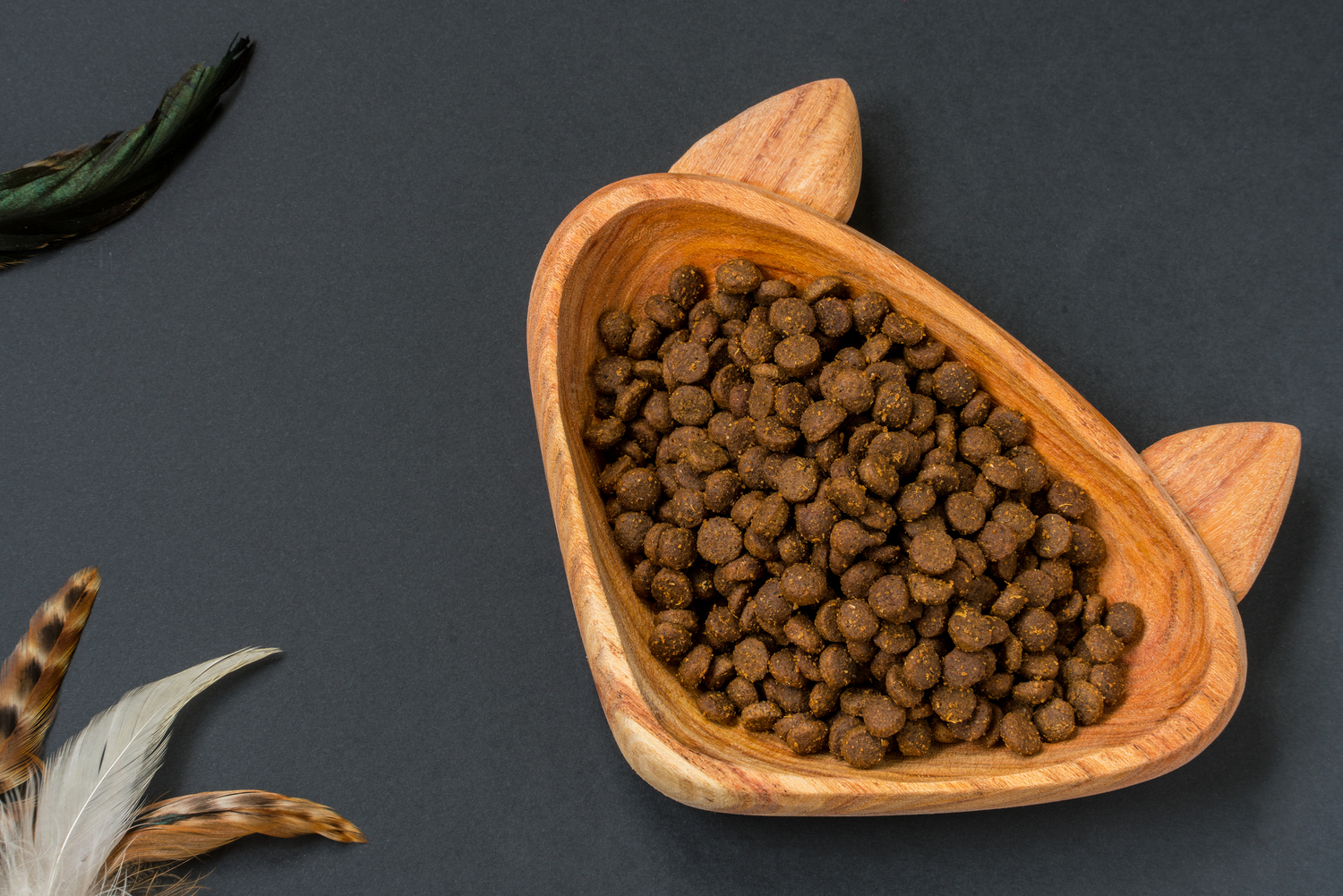
Cat Treat Tips and Recipe Ideas
In many ways we treat cats like part of the family, and in many cases that means overfeeding them and treating them to human foods, many of which may be toxic to felines (i.e., onions, garlic, shallots, scallions, tomatoes, chocolate, grapes and raisins). Cats like humans should only be given treats in moderation to avoid health problems such as feline diabetes, arthritis, and obesity.
Tony Buffington, Professor of Veterinary Clinical Sciences at Ohio State University, recommends that treats makeup no more than 5% of your cat’s daily caloric intake. When it comes to treats for cats, it is not as important that treats are nutritionally complete but are properly proportioned.
Here are some cat treating tips and ideas that may help:
1. Fish oil
While it’s unfortunate, cats like humans can develop arthritis over time. One way to prevent or mitigate this is the use of cat treats that have fish oil in them. Arthritic cats that have been fed treats with fish oil in them have less lameness and are more active then those who have not received fish oil. Fish itself can also be a snack for a cat but just make sure it is not raw.
2. Seek out high protein treats
High protein cat treats that contain mostly meat can also be very beneficial to cats. According to WebMD, the protein in meats are essential to a healthy diet for cats. Proteins like chicken, salmon, fish, and turkey can benefit the cat’s heart, vision, and reproductive system.
3. DIY cat treats
When making DIY cat treats, it is important that you properly cook the treat. It is not recommended for cats to eat raw or undercooked treats, especially meats or fish-based treats. A great way to make cat treats is with a dehydrator. Cut up cat grass in ½ inch long pieces and mix it with shredded salmon. Spread the mixture in a food dehydrator and dehydrate for two to three hours. When fully dried, break into smaller pieces and store in an airtight container.
4. Buying healthy cat treats
It’s hard to determine how healthy a cat treat is based upon labeling. Most labels do not have calorie counts or all of the nutrients listed on the labels. Marla J. McGeorge, DVM an Oregon vet says at a minimum you should look for labels that have an approval by the Association of American Feed Control Officials (AAFCO) on it. You can make your naturally healthy treats be cooking up small portions of liver, fish or eggs for your cat.
5. Catnip and Cat Grass
Catnip and cat grass are two naturally occurring and totally organic cat treats that you can get for your cat at a store or grow for yourself. Some popular cereal grasses that cats like are oat, rye, wheat and barley. Catnip is a plant in the mint family with a pungent smell that cats like. Both catnip and cat grass are very low in calories.


